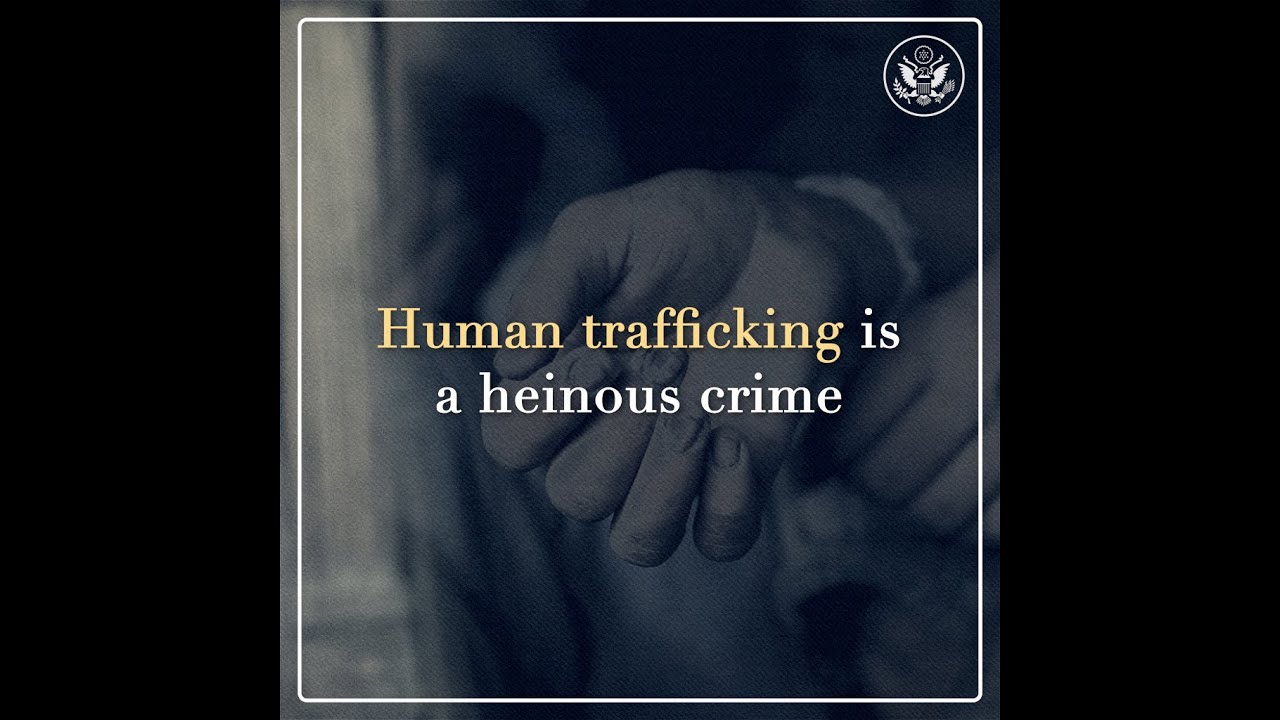
NGOCSTIP – Global legal approaches to human trafficking have become crucial in the fight against modern slavery. As human trafficking continues to be a growing global issue, governments and organizations have worked hard to develop legal frameworks to combat it. These frameworks aim to prevent trafficking, protect victims, and punish offenders. However, legal approaches vary across regions and countries, reflecting different cultural, economic, and political landscapes. Understanding these global legal approaches is essential to grasp the complexity of combating human trafficking worldwide.
The United Nations (UN) plays a vital role in setting international standards and frameworks to combat human trafficking. The UN Convention against Transnational Organized Crime, also known as the Palermo Protocol, is a key international treaty. Adopted in 2000, the protocol aims to prevent, suppress, and punish human trafficking, especially women and children. It provides a comprehensive approach, urging states to criminalize trafficking, protect victims, and strengthen international cooperation. Many countries have ratified this protocol, making it a cornerstone of global anti-trafficking efforts.
Another significant international agreement is the European Convention on Action against Trafficking in Human Beings. This treaty, enforced by the Council of Europe, emphasizes the protection of victims and the prevention of trafficking. It focuses on providing support for victims, including legal protection and rehabilitation services. The convention also urges member states to adopt legislation that criminalizes human trafficking.
“Read about: UNODC’s Impact on Human Trafficking: Key Reports and Data Insights”
Each country develops its own legal framework to tackle human trafficking. In the United States, the Trafficking Victims Protection Act (TVPA) was first passed in 2000. The TVPA established a comprehensive approach to combat human trafficking, focusing on prevention, protection, and prosecution. It also created a classification system to rank countries based on their efforts to combat trafficking. Countries are assigned to one of four tiers, with Tier 1 countries making the most significant efforts to combat human trafficking.
Similarly, in the United Kingdom, the Modern Slavery Act of 2015 brought together various laws to address both sex trafficking and labor exploitation. The act focuses on improving victim identification, providing support services, and imposing stronger penalties on offenders. It also established an independent anti-slavery commissioner to oversee the implementation of anti-trafficking measures and encourage cooperation among authorities.
In many countries, the legal framework includes measures to address trafficking for forced labor, domestic servitude, and child trafficking. These laws are often coupled with campaigns to raise public awareness of trafficking risks. However, challenges remain in enforcement, with many countries facing obstacles such as corruption, lack of resources, and inadequate legal processes.
Regional legal frameworks also play a critical role in addressing human trafficking. In Southeast Asia, the Association of Southeast Asian Nations (ASEAN) adopted the ASEAN Convention against Trafficking in Persons in 2015. This agreement focuses on cooperation between member states to combat trafficking, enhance victim protection, and prevent exploitation. It provides a regional framework for addressing the issue, especially with cross-border trafficking between neighboring countries.
In Africa, the African Union has developed a legal framework through the 2003 Protocol to the African Charter on Human and Peoples’ Rights on the Rights of Women in Africa. This protocol aims to protect women and children from trafficking and exploitation. It promotes the adoption of national anti-trafficking laws and encourages member states to strengthen their legal and enforcement measures.
“Read more: Osteochondritis Dissecans: How This Joint Condition Affects Kids and Adolescents”
While significant progress has been made, many challenges persist in the global legal approaches to human trafficking. One of the most significant issues is the lack of consistent enforcement of anti-trafficking laws. Many countries have laws in place but struggle to implement them effectively. Corruption, insufficient funding, and lack of trained personnel are just a few of the barriers to enforcement.
Furthermore, victim protection remains a critical concern. In some countries, trafficked individuals face legal and social barriers to receiving protection and support. Many are afraid to come forward due to fear of arrest, deportation, or retribution from traffickers. Legal frameworks must address these concerns to ensure that victims are not criminalized for crimes committed under duress.
Another challenge is the need for greater international cooperation. Human trafficking is a transnational issue that requires a coordinated response between countries. However, differences in legal systems, cultural attitudes, and political will can create obstacles to cooperation. Effective international collaboration is necessary to combat trafficking and dismantle criminal networks operating across borders.
Global legal approaches to human trafficking are vital in the fight against this serious crime. While international treaties and national laws provide a foundation for combating trafficking, challenges remain in enforcement and victim protection. Countries must continue to strengthen their legal frameworks, improve cooperation, and ensure the protection of victims. By working together, nations can create a more effective global response to human trafficking.